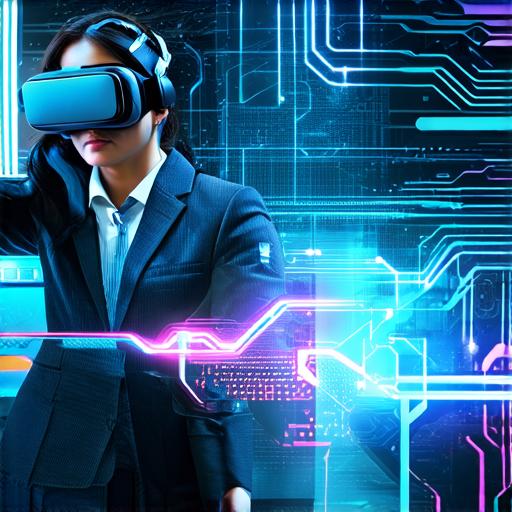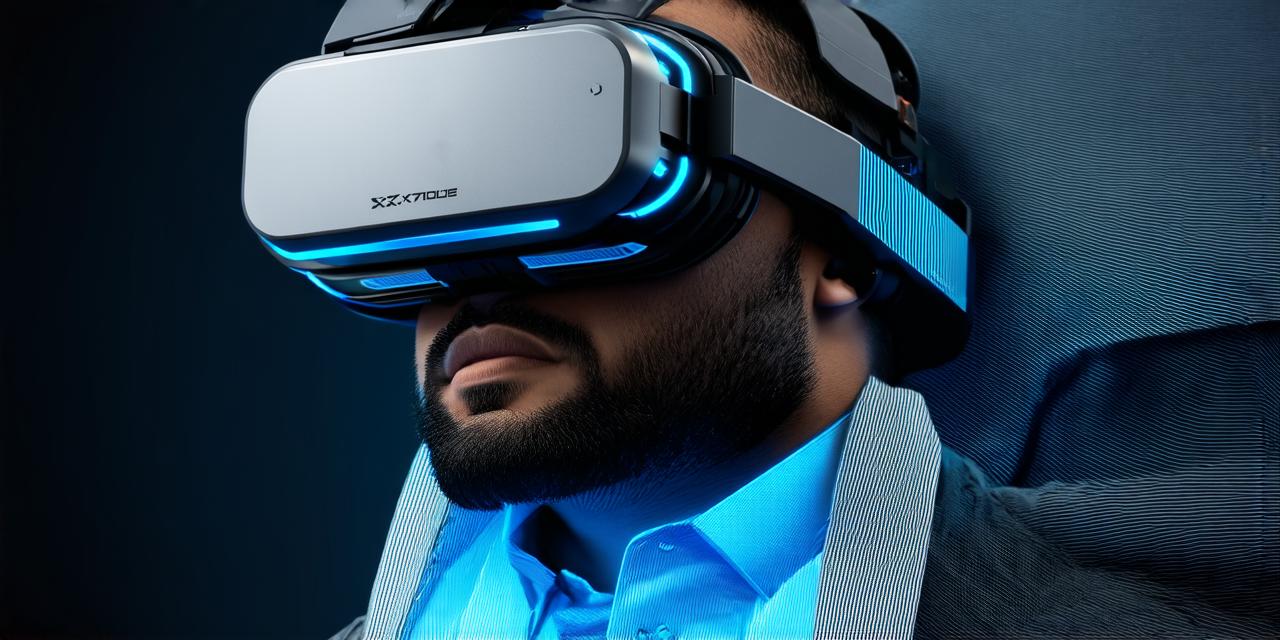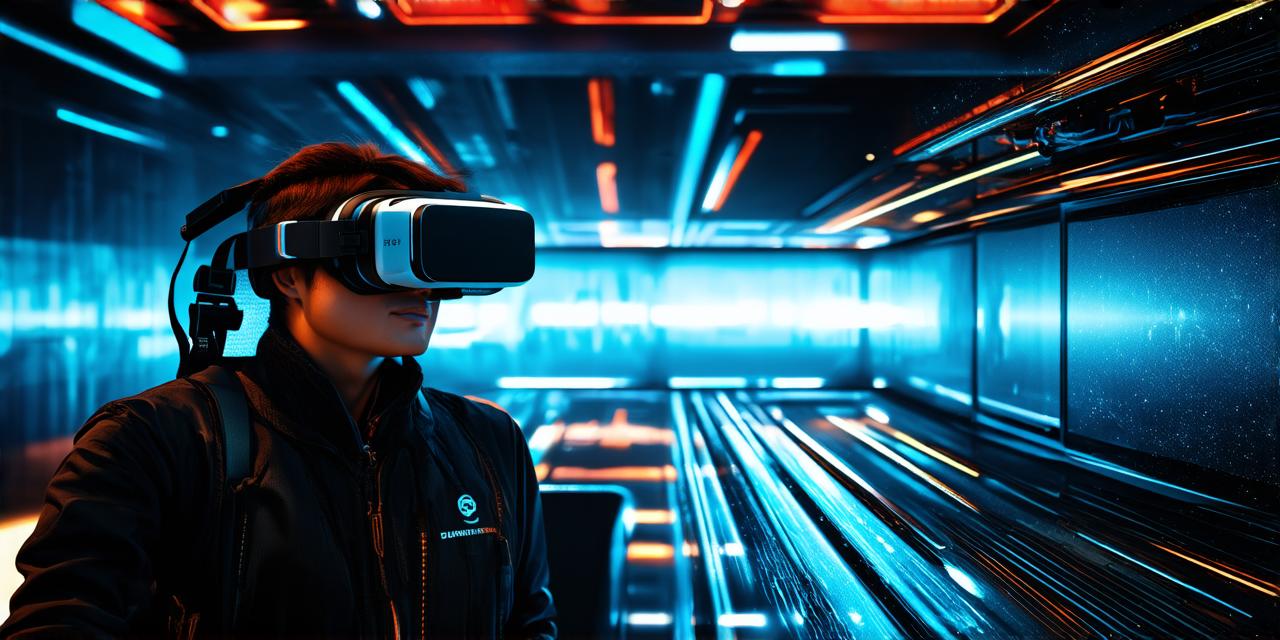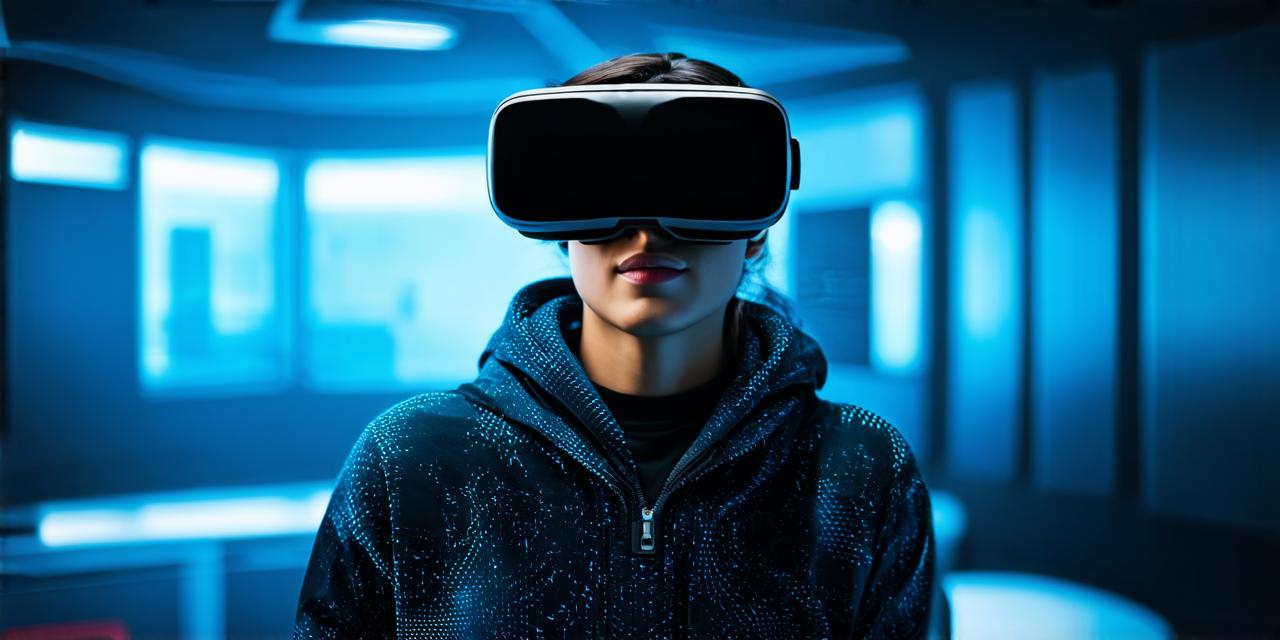Introduction: The Rise of Virtual Reality in Education
Virtual reality technology has made significant advancements since its inception in the 1960s. With the advent of more affordable and accessible hardware, VR has become increasingly popular in recent years, particularly in the entertainment and gaming sectors. However, the potential applications of VR go far beyond these domains, as it holds immense promise for revolutionizing education.
Potential Benefits of Virtual Reality in Education
-
VR provides an immersive and interactive learning environment that can captivate students’ attention, leading to increased engagement and motivation. This, in turn, can lead to better academic performance and improved retention of information.
-
Complex concepts and ideas can be more easily understood and retained through visualization. VR enables students to experience and interact with these concepts in a realistic and engaging manner, leading to a deeper understanding of the subject matter.
-
Dangerous or hazardous situations can be simulated in a safe and controlled environment using VR technology. This allows students to gain practical experience without putting themselves or others at risk.
-
Virtual field trips and remote learning experiences can make education more accessible to students located in remote areas or with limited resources.
-
VR enables personalized learning experiences tailored to individual student needs and learning styles. This can lead to more efficient and effective learning outcomes, as students can progress at their own pace and focus on areas where they need additional support.
-
Virtual reality encourages creativity and problem-solving by allowing students to explore novel environments and scenarios, think outside the box, and experiment with different solutions.

Challenges of Virtual Reality in Education
-
Cost: Although VR technology has become more affordable, it still requires significant investment in hardware, software, and infrastructure. This cost can be a barrier for schools and institutions with limited budgets.
-
Technical Expertise: Implementing VR technology in education requires specialized technical expertise, which may not be readily available in all schools and institutions.
-
Content Development: Creating high-quality, engaging, and educational VR content can be challenging and time-consuming. There is a need for more skilled content developers and partnerships between educators and industry professionals.
-
Safety Concerns: As with any new technology, there are safety concerns associated with VR in education. These include motion sickness, disorientation, and potential injury from improper use or maintenance of equipment.
-
Accessibility: While VR technology can make education more accessible to some students, it may not be suitable for all learners, particularly those with visual impairments or other disabilities.
Prospects for the Future of Virtual Reality in Education
-
Growing Adoption: As awareness of the potential benefits of VR in education increases, we can expect more schools and institutions to invest in this technology. This will lead to increased accessibility and affordability, as well as advancements in content development and technical expertise.
-
Integration with Artificial Intelligence: The combination of VR and artificial intelligence (AI) holds immense potential for personalized and adaptive learning experiences. AI algorithms can analyze student performance and provide real-time feedback and guidance, further enhancing the learning process.


